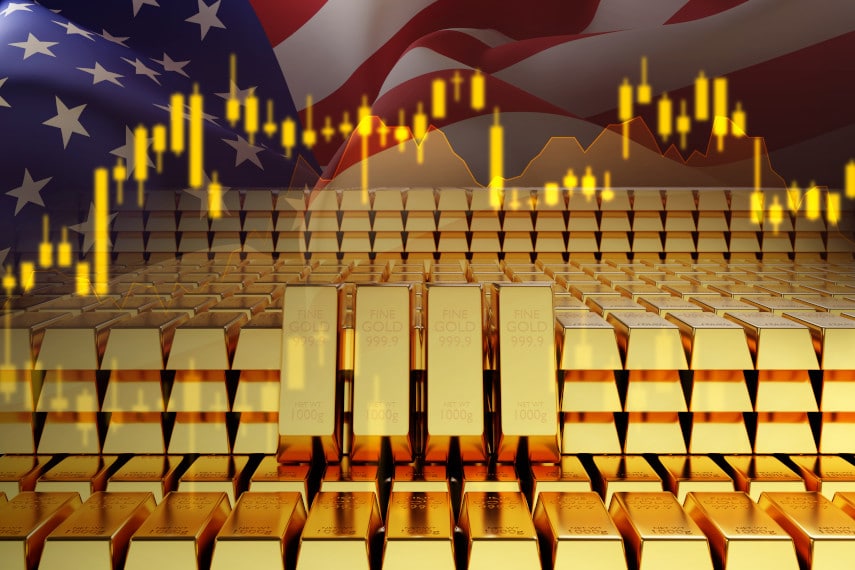
The Federal Open Market Committee (FOMC) held its first meeting of the year this week, and it was slightly more dovish than many people expected. Still, it wasn’t enough to keep stock markets from plummeting, as renewed fears of the Chinese coronavirus are weighing heavily on world markets. While markets had looked earlier in the week like they had gotten over their fears of the virus, increasing death tolls and the likelihood of a Chinese economic slowdown as a result have markets wary.
The Fed in its statement remarked that inflation remains under its 2% annual target. That’s an indicator that the Fed will continue to keep the monetary spigot open. Purchases of Treasury securities will continue at least through the second quarter, and ongoing funding of the repo market will continue at least through April. That means several more months of expansionary monetary policy. Assuming the coronavirus outbreak comes to an end with the onset of warmer weather, these moves should prime stock markets to move higher, at least in theory.
One concerning movement in bond markets is the flight to safety. Whether it’s fears of coronavirus or fears of a stock market crash, the yield curve is re-inverting. Remember that an inverted yield curve is a surefire indicator that recession is on the way. Various points of the yield curve have inverted in the past, with the 3-month/10-year and 2-year/10-year bond yield spreads being those most looked at by markets.
The 3M/10Y and 2Y/10Y both inverted last August, in a sign that recession was only months away. But now due to the rush to the safety of Treasury securities, those relationships are getting ready to invert again. The 3M/10Y spread moved yesterday to only 4 basis points, down from 34 basis points at the beginning of the year. In intraday trading Thursday, the yield flipped, with the 3-month T-Bill’s yield exceeding that of the 10-year Treasury note. If that isn’t an indicator that the economy is in for some trouble in the coming months, what is?
Investors need to realize that economic conditions are deteriorating. While many people may hope for the Dow to continue its upward rise to reach 30,000, that’s unlikely. And even if the Dow does reach that milestone, that would be an indicator to sell stocks, not an indicator to continue piling money into stock markets.
With a weakening economy, deteriorating conditions in China due to coronavirus, and ever rising debt levels, it’s no surprise that gold and silver prices have begun to rise. And as the world economy continues to weaken, gold and silver will only strengthen. Investors who want to protect their wealth in the coming months would do well to remember the lessons of 2008 and starting thinking about investing in gold today.





